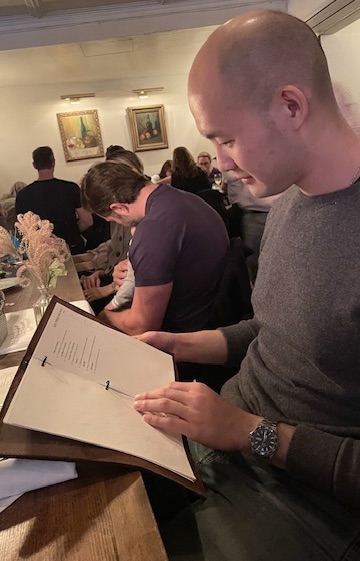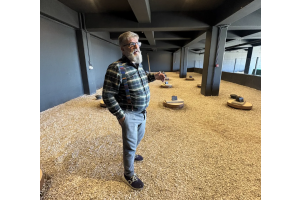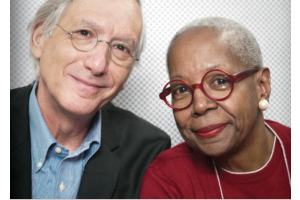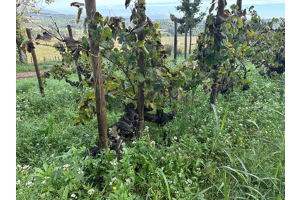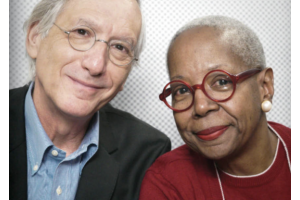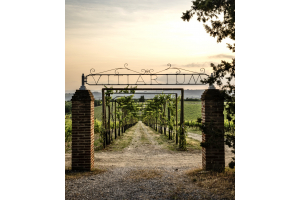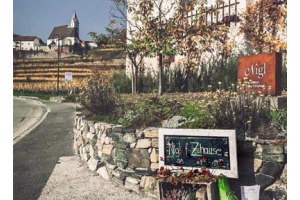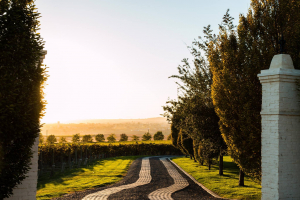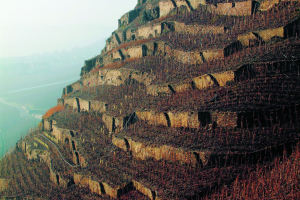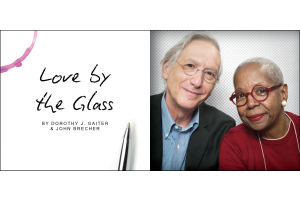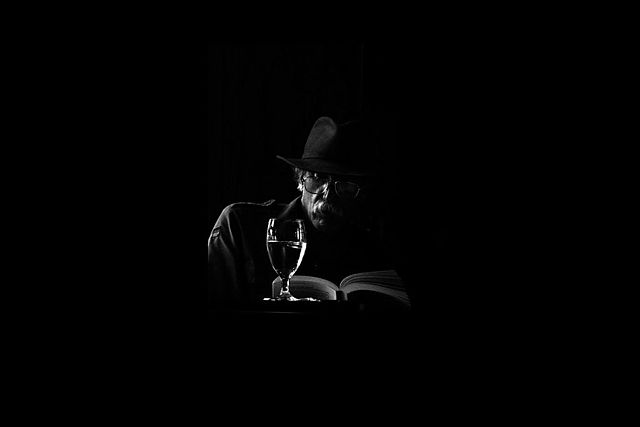
“Doesn't everything die at last, and too soon? / Tell me, what is it you plan to do / with your one wild and precious life?” – Mary Oliver, “The Summer Day”, 17-19
Wine is more than just a beverage for me. Drinking wine, I can often derive introspective thoughts and emotions about myself. And most of the time, wine brings joy. But on a particular occasion not too long ago, some other emotion overtook me.
One evening, I was opening a bottle of Vintage Port from the legendary 1970 vintage. I was pretty excited, having read and heard so much about the universally acclaimed vintage – many critics consider it perhaps the best vintage for the past 50 years. But, like all things that come with high expectations, I ended up being disappointed, with the wine no longer possessing any fruit characteristic.
Such an experience usually doesn’t dampen my mood much, because wine is perishable after all. But I was awash in sadness this time with the realization that, no matter how great of a bottle, a wine’s best day eventually passes. And in extension, so does ours.
As someone who still remembers being young, there was a time when I seemingly had unlimited amounts of time, and would go about my weeks and months not focusing on what was most important. Sometimes, important events such as my mother’s birthday or gatherings with the extended family, would be forgotten. But it was okay, because there was always next week, next month, next year. I always had more time.
But now, I realize I may not have as much time to waste as I did before. Schedules get busier and busier, friends move farther and farther away, and most depressingly, there are more and more funerals to attend.
Wine, in a woeful way, reflects that sort of experience.
Many producers like to emphasize how ageable their best wines are, whether it’s because of the level of acidity or fruit characteristics, presence of the tannins, the way the wines were fermented and aged, or the way the sun shines on the particular hill the grapes are grown on (these really matter). And, as wine enthusiasts, we develop a false sense of security believing that the wines we buy and store away have an infinite lifespan. But that’s simply not the case.
Ageing wine in a bottle isn’t magic. It is, among other things, how the prolonged interaction with oxygen at small amounts (hence the debate between cork vs screw top), affects the components of wine. These components, such as tannins, acidity, and fruit flavors/aromas, are as delicate as life itself, and can effectively be mellowed by the oxygen over a certain period of time; Many perceive this effect as the flavors and taste of wine improving.
Take tannins, for instance. Considered a textural element of wine, tannins are a preservative element for wine because it can bind with oxygen molecules before it interacts with other components of wine, forming a growing chain. Over time, the tannin chain becomes long enough that it falls and becomes visible sediments. The concept of tannins decaying over time due to oxygen results in softer wines.
Similarly, acidity, primarily measured in the form of tartaric acid, provides refreshing aromatic and flavor profiles for wine. Over time, the amount of acid in a bottle of wine decreases due to potassium ions combining with tartaric acid, forming potassium bitartrate crystals (in the form of white crystals in aged white wine or part of the dark sediment in aged red wine). Such a reduction in acidity reduces the perceived astringency of wine, becoming smoother instead.
Thus, it is tempting to argue that indefinitely ageing a bottle of wine can theoretically produce the smoothest and easiest drinking experience. But in reality, wines’ components ultimately disappear, and its taste becomes unrecognizable. This is why oftentimes the difference between well made (sometimes very expensive) and commercial wines is how long it can last before it ultimately breaks down and becomes undrinkable.
At the same time, ageing wine in a bottle isn’t an exact science. Some winemakers may try to give us an approximate window for when a bottle of wine should be drunk, but the reality is we really don’t know when the best days of a wine are. Sometimes you can get a wine from an unknown producer during a great vintage that lasts decades, while other times you can get a wine from a great producer during a poor vintage that probably loses their flavor after a year or two.
Even the very seasoned wine critics that may be better at estimating the drinking windows of wines admit it can be unpredictable. The late Steven Spurrier said it best, “…[from] a case of wine, you’ll drink the first three bottles before they’re ready…, if you’re lucky, you’ll drink the next six bottles at their peak…, then you get the next three on their decline.”1
In the end, you may never know when the best day would be; maybe it has yet to come. But, it’s very likely that the best day will pass before you realize it. So go open that bottle you have been saving for a special occasion. While you’re at it, call your parents or grandparents who are always happy to hear from you, get dinner with that friend you’ve been meaning to see, travel to that country you promised your husband or wife, and visit that someone who moved somewhere.
Because you’ll never know when the best days are truly behind us.
Note:
